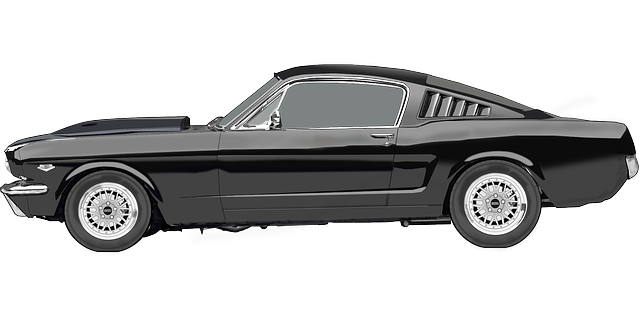CARB-exempt intake systems in California meet stringent air quality standards by reducing nitrogen oxides and particulate matter emissions. These systems utilize advanced filtration technology for optimal airflow, with original equipment manufacturers (OEMs) and aftermarket tuners contributing to the state's environmental improvements. Choosing CARB-compliant air intakes for vehicles in California ensures reduced emissions, better performance, and compatibility with vehicle makes and models, requiring proper installation by qualified mechanics.
“Uncover the power of CARB-exempt intake systems, a game-changer in automotive performance and environmental compliance. This comprehensive guide takes you on a journey through the intricate world of California’s unique regulations and their impact on air intakes.
From understanding the basics to selecting and installing these advanced systems, we’ll explore why compliance matters. Discover how CARB-compliant air intakes are revolutionizing both the automotive industry and the state’s air quality standards, offering a tailored approach for folks in the Golden State.”
- Understanding CARB Exempt Intake Systems: A Comprehensive Overview
- Why California-Specific Compliance Matters for Air Intakes
- Selecting and Installing CARB-Compliant Air Intake Systems
Understanding CARB Exempt Intake Systems: A Comprehensive Overview

CARB-exempt intake systems are designed to meet specific environmental standards set by the California Air Resources Board (CARB), ensuring that vehicles operating within the state emit lower levels of pollutants, particularly nitrogen oxides and particulate matter. These systems are crucial for both original equipment manufacturers (OEMs) and aftermarket tuners looking to enhance engine performance while maintaining regulatory compliance.
Understanding CARB-compliant air intakes involves recognizing their advanced filtration technology, which often includes high-flow air filters capable of capturing fine particles and harmful gasses. Unlike traditional intakes, these systems are engineered to optimize both airflow and emissions control, ensuring that modifications to the intake do not compromise the overall environmental performance of the vehicle. By adhering to CARB regulations, manufacturers and tuners contribute to California’s efforts to improve air quality, promoting a healthier and more sustainable environment.
Why California-Specific Compliance Matters for Air Intakes

In the context of automotive regulations, California holds a unique position due to its stringent environmental standards, set by the California Air Resources Board (CARB). When it comes to air intakes, ensuring compliance with CARB regulations is paramount for both manufacturers and consumers in this state. This is because CARB-compliant air intakes play a crucial role in maintaining the overall air quality and addressing emissions concerns specific to California’s diverse landscape.
The state’s diverse geography, from urban metropolitan areas to more rural regions, presents unique challenges in terms of air pollution. Therefore, CARB has implemented tailored regulations to address these issues. By mandating the use of CARB-specific air intakes, the board ensures that vehicles operating within California meet stricter emission standards, contributing to a cleaner and healthier environment for its residents. This is particularly important as California continues to lead the way in combating climate change and improving air quality.
Selecting and Installing CARB-Compliant Air Intake Systems

When selecting a CARB-compliant air intake system for vehicles in California, it’s crucial to choose a product certified by the California Air Resources Board (CARB). This ensures that the intake system meets stringent emission standards set by the state. Several factors should guide your decision, including compatibility with your vehicle make and model, as well as the system’s design and performance specifications. CARB-compliant intakes are engineered to optimize airflow while minimizing the potential for harmful emissions leakage, ensuring both power gains and environmental compliance.
Installation is another critical aspect. It’s recommended to have a qualified mechanic handle the process to avoid voiding warranties or causing damage. Proper installation ensures that the intake system seals tightly, preventing air leaks that could negatively impact engine performance and fuel efficiency. Moreover, following the manufacturer’s guidelines for installation will help maintain the system’s integrity and ensure it operates as intended, delivering cleaner air and better performance to California drivers.
CARB-compliant air intakes are essential for vehicle owners in California, where strict regulations ensure cleaner air and better health. By understanding these systems and their selection process, drivers can make informed choices to navigate the regulatory landscape effectively. With the right CARB-exempt intake system, vehicles can perform optimally while adhering to state standards, showcasing a harmonious balance between performance and environmental responsibility.














